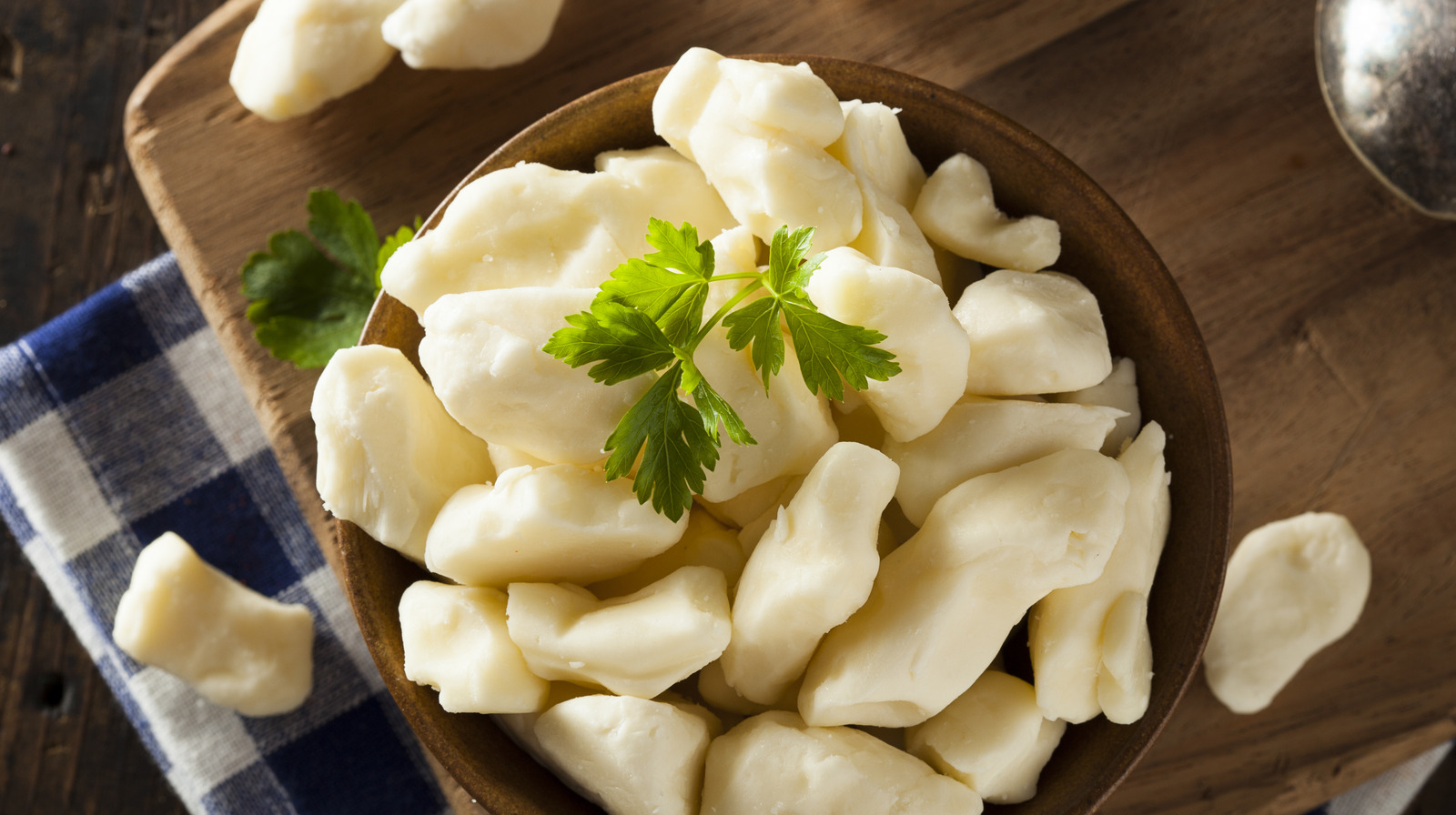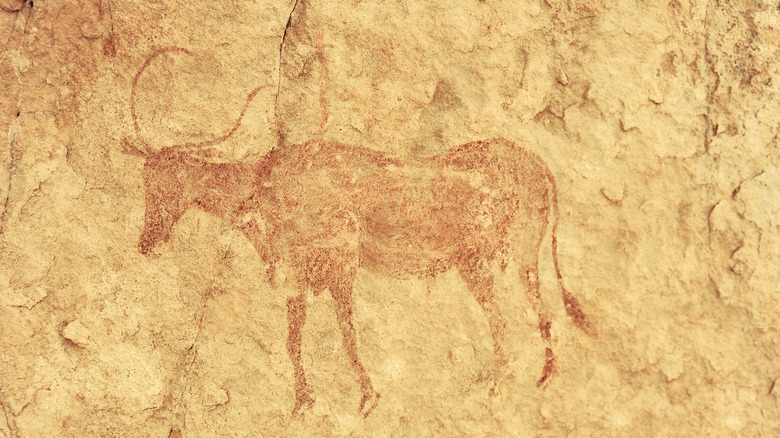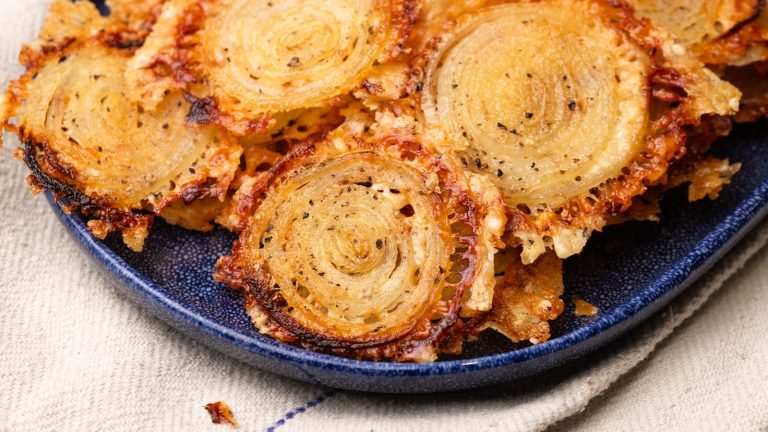If you’ve ever traveled to Montreal or Quebec, chances are you stumbled across the delicious food item of poutine. The iconic French-Canadian dish consists of french fries, chicken gravy, and, of course, cheese curds, nuggets of squeaky, salty, un-aged white cheddar cheese. Meanwhile in Wisconsin, you can find a panoply of various flavors of cheese curds, both fresh and deep fried, as the dairy product is practically a state institution. Poutine is a relatively new invention, only dating to sometime in the 1950s from rural Quebec, while Wisconsin’s history with this cheese stretches back further into the 19th century. Interestingly enough, the history of the humble cheese curd is much, much older than that.
Fried cheese curds date back to Ancient Rome. Besides inventing everything from quiche to birthday cake, the Romans had a dish called globuli, made of cheese curds coated in flour, fried in oil — either lard or olive oil — and drizzled with honey and poppy seeds. But cheese curds go back still further. In fact, they likely date to the origins of human culture during the Neolithic period, nearly 10,000 years ago, and would have been the first type of cheese humans consumed.
The very first cheese
A few necessary steps had to take place in human culture for the birth of cheese curds to happen, according to “Cheese and Culture: A History of Cheese and Its Place in Western Civilization” by Paul Kindstedt. First was the domestication of livestock and more importantly, selective breeding to produce dedicated dairy animals. The second was the creation of pottery, in which to store the milk. It all came together by around 7,000 B.C., in the area of the Ancient Near East known as the Fertile Crescent, which encompasses modern-day Syria, Lebanon, Israel, Palestine, Egypt, southern Iraq, and parts of Turkey and Iran. It’s likely naturally occurring bacteria and the area’s hot climate helped ferment the milk, which when stirred would have separated into curds and whey. Once the whey was drained off, the curds could be consumed.
Another theory on the birth of cheese curds concerns milk stored in vessels made from ruminant stomachs, which contain rennet, an enzyme still used in cheesemaking, that would have coagulated the milk, creating curds and whey. These wouldn’t have been the squeaky cheese curds beloved by Midwesterners, but rather something closer to small curd cottage cheese without the added cream, and while some sources suggest it would have been made with sheep milk, others state that it could have been from goats or cows as well. From the Fertile Crescent, cheese making spread across Europe, in part thanks to the Roman Empire, and then eventually the world.






